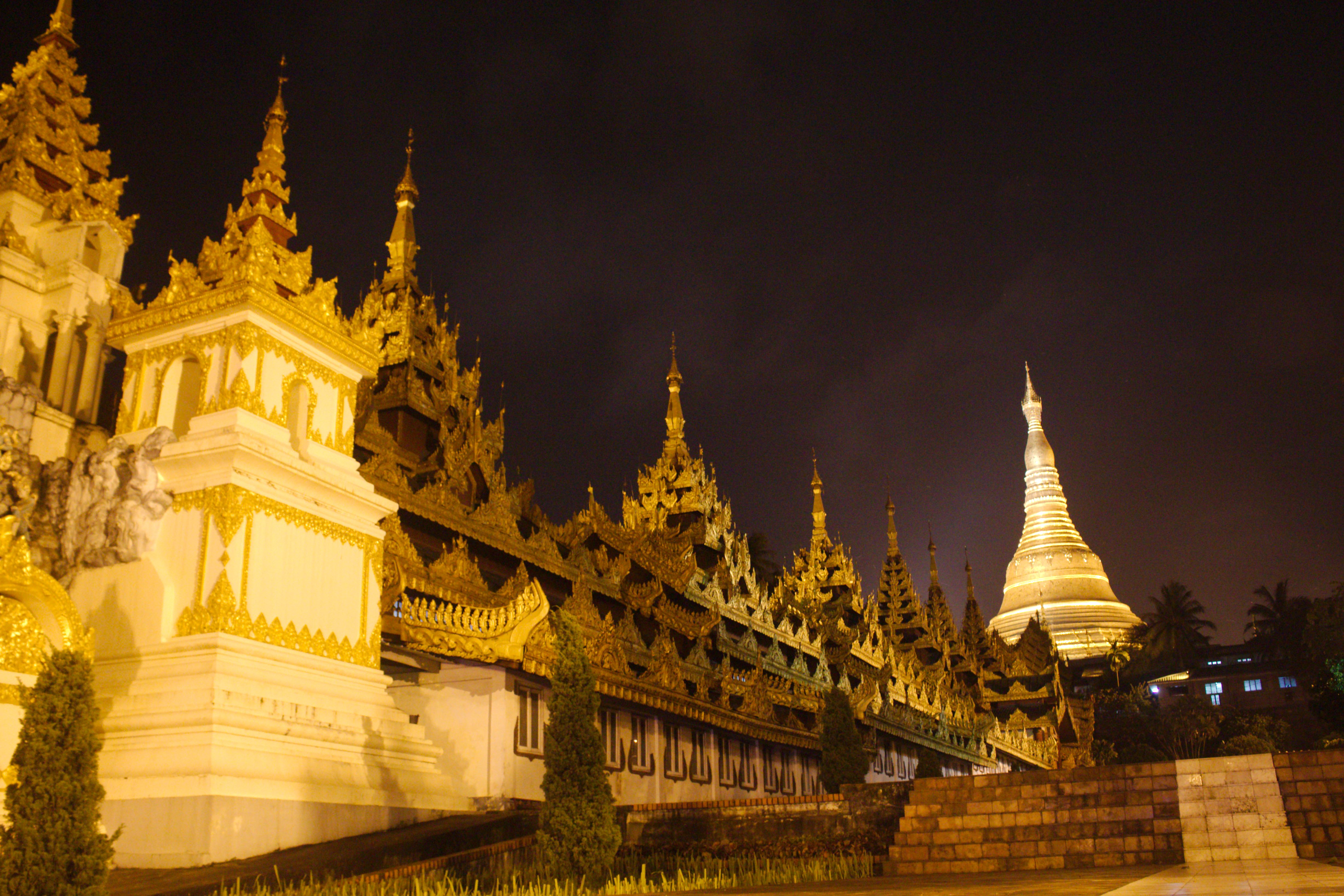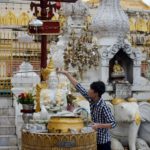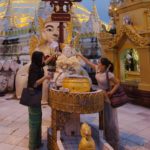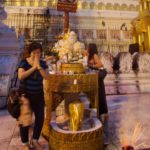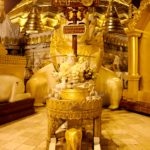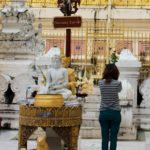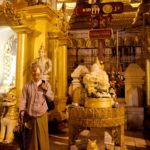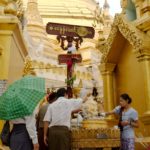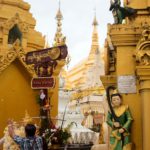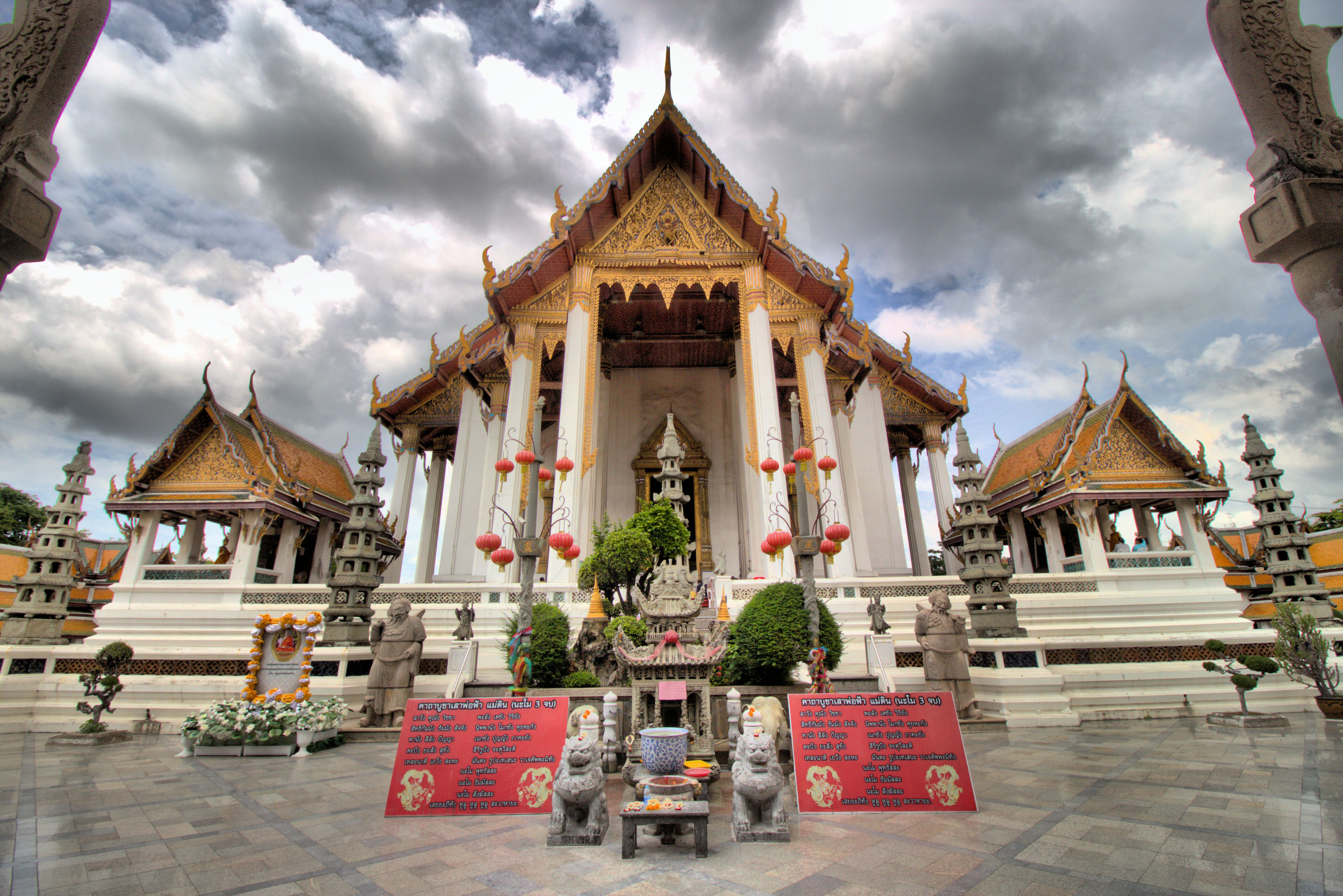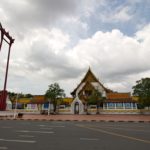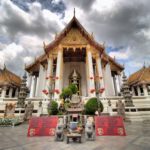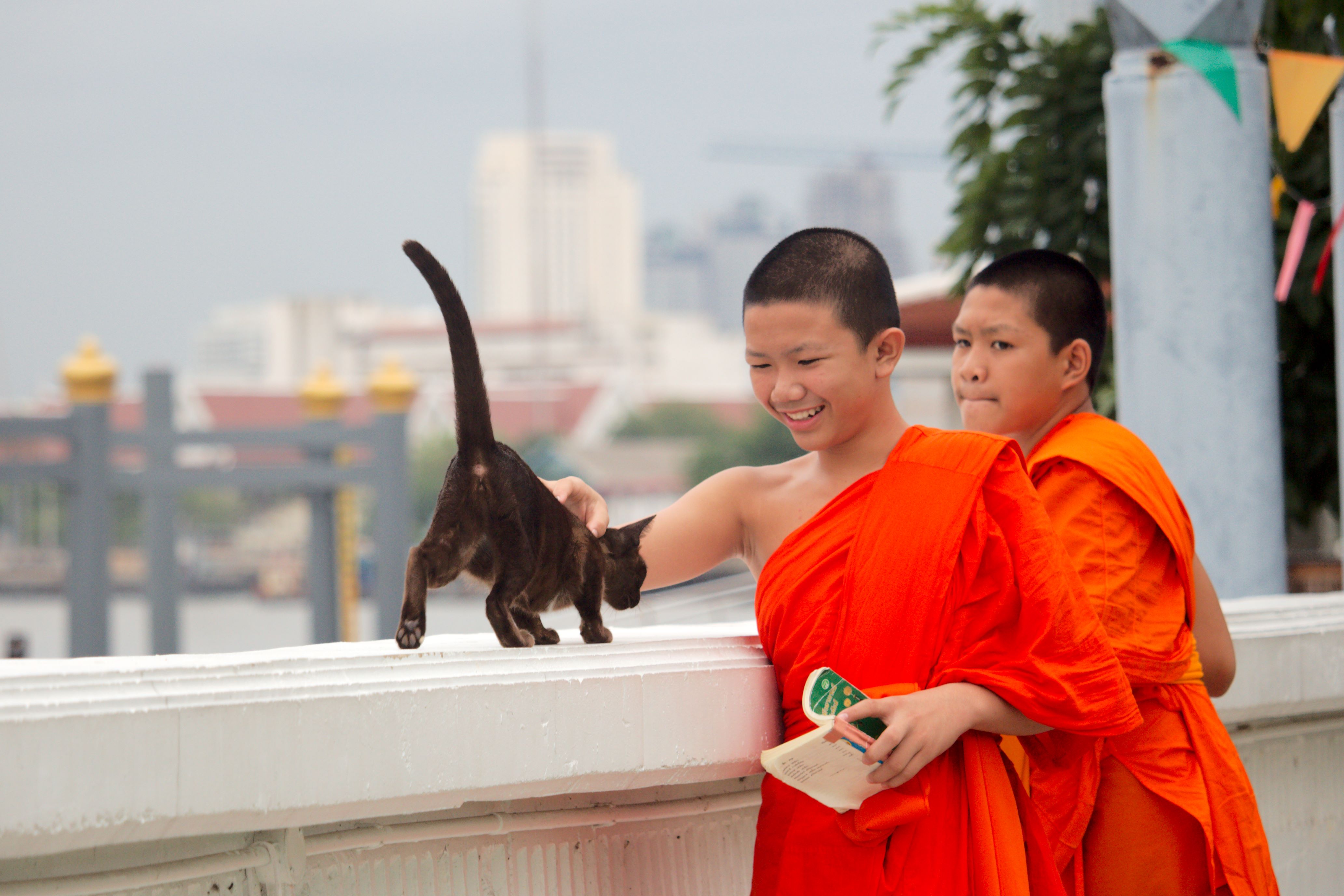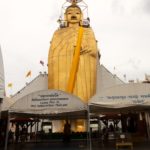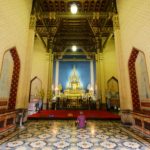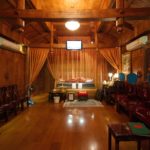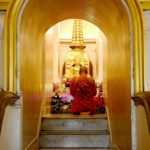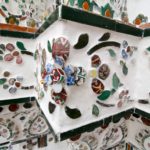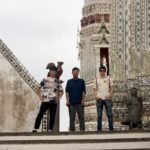Burmese Buddhism
Buddhism runs deep in the culture here in Myanmar, and as I’m experiencing and learning a lot about it, I thought I’d share with you some of the beliefs, rituals and stories I come across. I hope to update this as I learn more!
The 8 days of Burmese Buddhism
Monday, Tuesday, Wednesday Morning (12.00am to 11.59am), Wednesday evening (12.00pm to 11.59pm), Thursday, Friday, Saturday and Sunday. 8 days total.
Each day has an associated planet, which contributes to the personality through the alignment of the stars on the day you were born.
The days also have an animal, whose characteristics are gifted to you at birth.
At every Burmese pagoda or temple, you will find a shrine with a Buddha and animal statue dedicated to each of these days.
Why 8? I don’t know. But 8 is definitely a much easier number of walls to have on a Pagoda than 7.
Finding your day
The day which represents you is the day on which you were born. I was born on 18th Feb 1989, which was a Saturday, so Saturday is my day.
Table of days
Pouring water
Uncle Khaing believed that there is much more to the Buddha-washing ritual than I learned yesterday. First, you must pour as many cups as your age (in Burma this is counted as the year you are in, not the years you have completed) plus one, over the Buddha, from back to front. This represents the will and wish to live to an older age. Next, you must pour five cups of water over the animal to represent various important aspects of your life. Finally, you speak to the statue and explain your ritual: You pray to live longer by pouring one cup more than your age. You You wish for the cleanliness, freshness and purity of the water you pour to be imparted into your life through the power of the Buddha.
Here is a photo of me performing this ritual on my Saturday Corner at the Shwedagon Paya in Yangon:
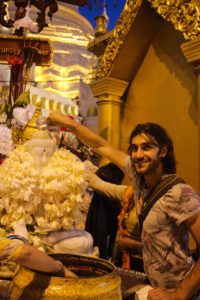
Chanting
Chanting is a big part of Burmese Buddhism. From a young age, children are taught chants to help them focus their prayers and thoughts. Here you can see a chanting lesson at the Schwedagon Pagoda in Yangon, where the children are reciting from books under supervision:
Chants are also recited whilst circling the Pagoda. The circle always proceeds clockwise, matching the shrine day progression from Sunday to Monday:
I hope you found this as interesting as I did! If you have further insights or questions please comment below 🙂
